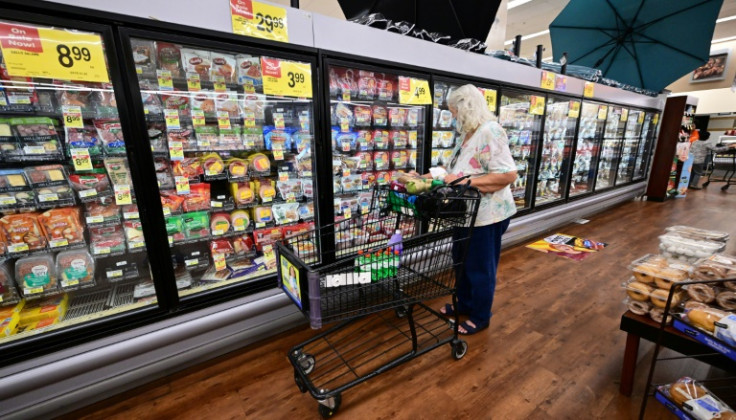Tariff Rollbacks Won't Bring Instant Price Relief

The recent U.S.–China trade agreement brought down tariffs from their peak highs—U.S. tariffs on Chinese imports now sit at about 55%, with China's tariffs at roughly 10%. While these numbers are lower than the previous peaks of 145% and 125%, respectively, the economic reality on the ground is far from a simple rollback.
According to experts cited by Al Jazeera, businesses and consumers should not expect immediate or dramatic price drops. The tariff cuts are just one factor in a complex web of costs that continue to drive prices up.
Supply Chain Rebuilding: A Slow, Costly Process
Over the last few years, many companies have restructured their supply chains to avoid the worst of the trade war's impacts, shifting manufacturing to countries like Vietnam, Mexico, and India. These changes involve new contracts, investments in different infrastructure, and learning curves that cannot be reversed overnight.
As noted by a logistics specialist interviewed by The Scottish Sun, "Even with tariffs reduced, many companies can't simply return to their old suppliers because the costs of switching again are prohibitive."
Consumers Will Feel the Pinch for a While
What does all this mean for everyday shoppers? Price reductions on imported goods—electronics, appliances, and even clothing—are likely to be gradual. High tariffs acted like hidden taxes that increased costs at every step of the supply chain, and those increased costs have been passed down to consumers.
As explained by analysts in the Times of India, the legacy of these tariffs is still embedded in the price tags, and inflationary pressures worldwide only amplify the effect.
The Bigger Picture: A Temporary Pause, Not a Full Reset
While the tariff reductions are being presented as a win, the current arrangement includes a 90-day review window, meaning tariffs could rise again if further negotiations stall. This temporary nature leaves businesses in a cautious stance, hesitant to fully commit to long-term supply chain strategies involving China.
Experts quoted by Al Jazeera point out that this deal represents more of a tactical pause than a true resolution—highlighting the lingering uncertainty and costs in global trade.
Lower tariffs provide some breathing room but don't erase years of economic shifts and financial burdens. For consumers, price relief will be slow to come. For businesses, the supply chain landscape remains complex and costly to navigate. The U.S.–China trade deal's tariff rollback is a step forward—but a cautious one that still carries a heavy price.
© Copyright IBTimes 2025. All rights reserved.




















